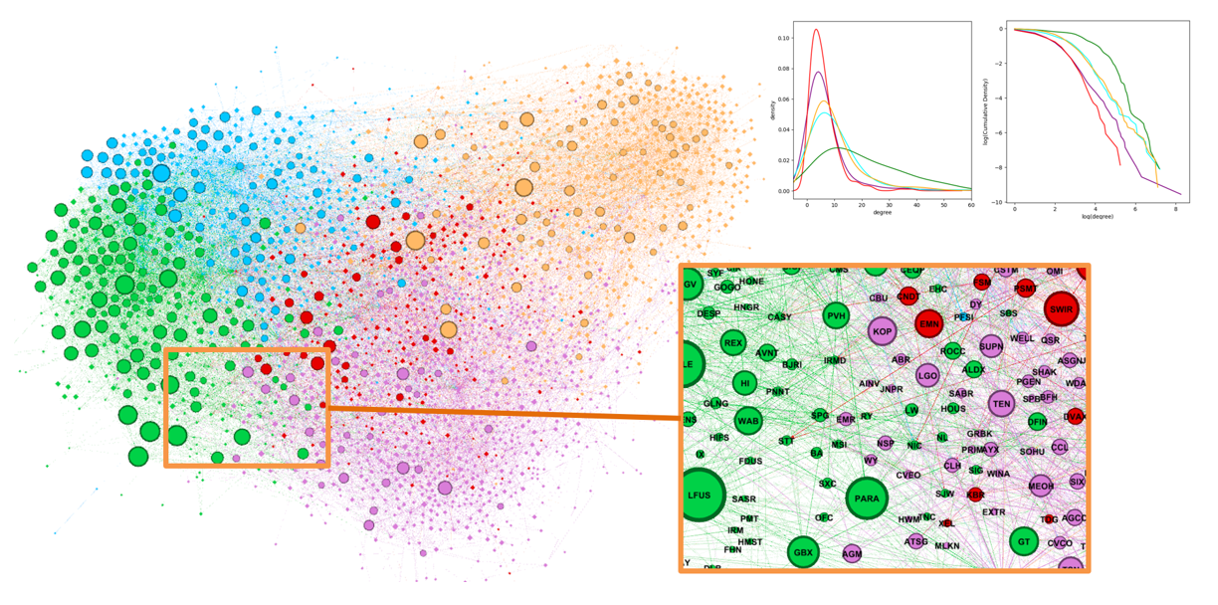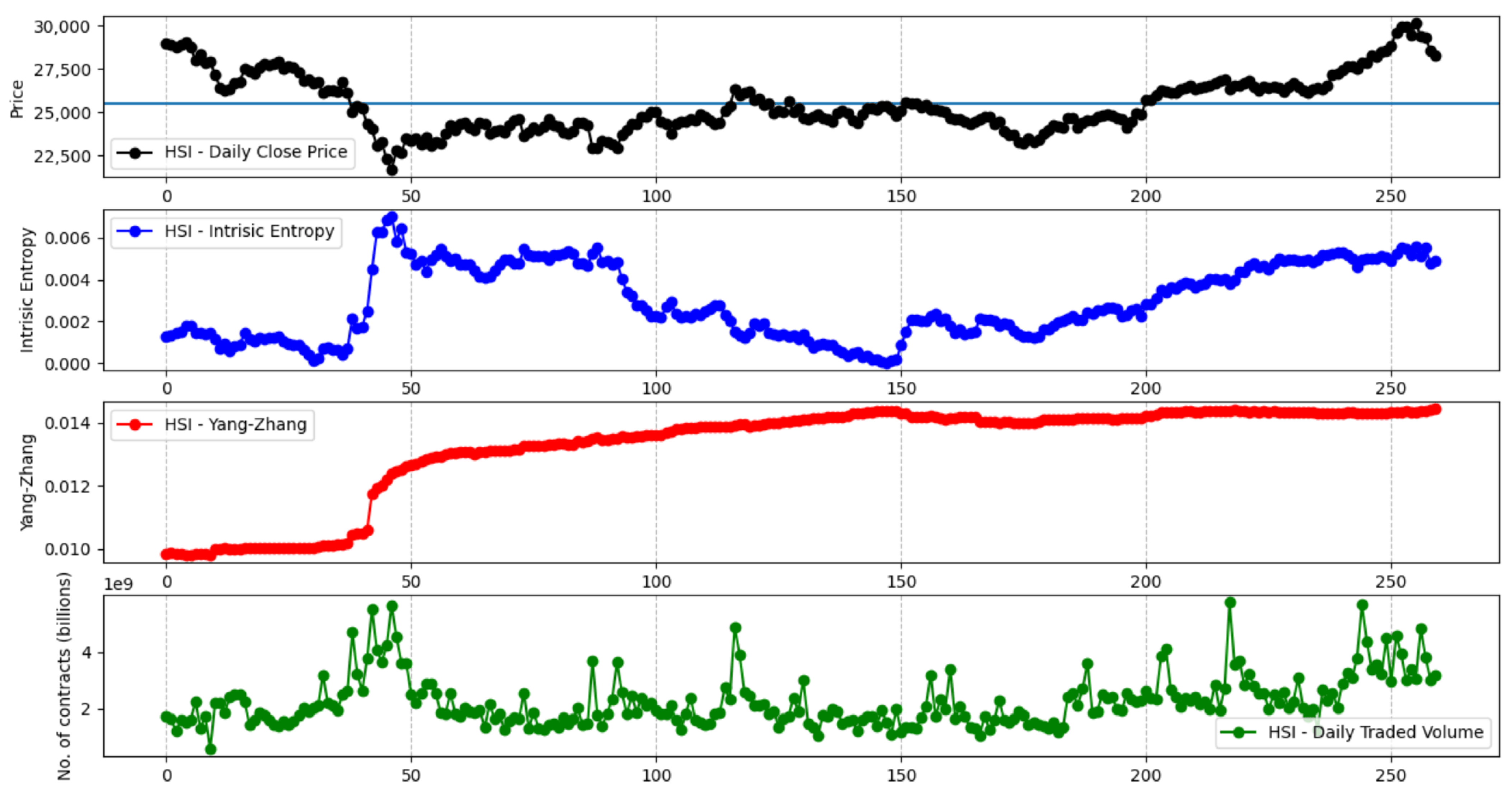How ALAI Network Uses Entropy-Based Models to Optimize Trading Results

In the world of financial markets, where changes happen rapidly, traders require not only a deep understanding of the market but also effective tools for data analysis. ALAI Network is excited to implement advanced technologies, including entropy-based models, in conjunction with over 120 other machine learning algorithms. This approach significantly enhances trading results and minimizes risks. Let’s take a closer look at how this works.
Entropy-Based Models in Machine Learning

Definition of Entropy
In the context of information theory, entropy measures the degree of uncertainty or randomness in a system. In machine learning, entropy-based models utilize this concept to determine the level of uncertainty in data and make decisions based on this information.
Key Ideas:
-
Measuring Uncertainty: Entropy allows for the quantitative assessment of the degree of uncertainty in data. For instance, in a classification task, entropy can be used to evaluate the "purity" of nodes in a decision tree— a node with high entropy contains much uncertainty and thus requires further splitting.
-
Information and Its Increase: Entropy-based models strive to maximize information while minimizing uncertainty. This can be achieved by selecting attributes that most effectively reduce entropy, for example, during decision tree construction.
-
Application in Classification: The use of entropy in algorithms such as ID3 and C4.5, where the selection of attributes for splitting tree nodes is made based on entropy reduction.
Application in Trading

Entropy-based models can be beneficial in trading in the following aspects:
-
Market Volatility Analysis: Entropy can be used to assess the volatility of assets. High entropy may indicate a high level of uncertainty in price movements, signaling risk for traders.
-
Portfolio Optimization: Entropy-based models can assist in creating a balanced portfolio, minimizing risk at a given level of return. For instance, using the concept of maximum entropy can help determine the optimal asset allocation.
-
Data-Driven Signals: Traders can apply entropy-based models to analyze historical data, identifying patterns and signals. This can aid in the creation of more effective trading strategies.
-
Time Series Modeling: Entropy can be employed in time series models for price prediction by analyzing sequences of price changes and identifying potential trends.
How ALAI Network Uses Entropy-Based Model
ALAI Network employs an ensemble approach, where entropy-based models interact with other algorithms, creating synergy and enhancing the efficiency of trading strategies. This means the system does not rely on a single model but utilizes a diversity of methods for analysis and decision-making. Such an approach improves the overall quality of predictions, minimizing the impact of potential errors from any individual model.
Assessing Market Uncertainty
Entropy-based models assist ALAI Network in measuring the level of uncertainty in financial markets. In conditions of high volatility, these models help determine when to avoid risky trades. For example, if the market demonstrates a high level of uncertainty, ALAI Network may decide to reduce positions in less stable assets. Thus, the system adapts to current conditions, protecting traders' capital.
Data-Driven Signals
By utilizing entropy-based models, ALAI Network analyzes historical price data, identifying significant patterns and trading signals. This enables predictions of price changes and allows for real-time adaptation of trading strategies. As a result, traders can more accurately determine entry and exit points in the market, ultimately leading to increased trade profitability.
Optimizing Trading Strategies
Entropy-based models also facilitate the automation of trading decisions. They help ALAI Network evaluate the effectiveness of various trading strategies by analyzing current market conditions and previous trading results. Based on this information, the system can automatically adjust its approaches, allowing traders to stay informed of changes and make more informed decisions.
Enhancing Algorithmic Trading
In algorithmic trading, energy and entropy play crucial roles by providing information on when to open or close positions. This enables ALAI Network to optimize its trading decisions, improving their accuracy and reliability. Each algorithm in the system can utilize data from entropy-based models to enhance its predictions and minimize errors.
Model Testing and Validation
Before implementing models into trading strategies, ALAI Network conducts thorough testing and validation. All models, including entropy-based ones, are evaluated on historical data to ensure their effectiveness and reliability. This approach provides confidence that each model is ready to operate in real markets and can successfully handle various scenarios.
Conclusion
The use of entropy-based models in ALAI Network is a key element in achieving high trading results. The ability of these models to assess uncertainty and integrate with other algorithms allows ALAI Network to develop adaptive, resilient, and effective trading strategies that optimize profits and minimize risks. In a world where changes happen instantly, such technology integration becomes essential for successful trading.